Choosing the Right Biological Control: Predatory Mites for Mite & Insect Control
Oct 21, 2025
Choosing the right biological control solution starts with clarity. Growers can face a wide range of insect, mite & plant health challenges across ornamentals, vegetables, fruits, nursery crops, houseplants and more. Selecting the best option can feel complex. This guide breaks down information on our four predatory mite brands—Spical, Swirski-Mite, Spidex, and Thripex—into simple, actionable insights. Below we've outlined what each predator targets, how they complement one another, and how these solutions deliver reliable, sustainable control without chemicals. Whether you need rapid action or long-term coverage, this resource helps you make confident decisions for healthier, thriving plants. Click the hyperlink for any of the brands to find more detailed information
For a downloadable guide to selecting the right predatory mite click here.
Best-Use Guidance
Universal adaptability: Predatory mites work across ornamentals, vegetables, fruits, houseplants, greenhouse plants, nursery crops, cannabis and more. Unlike some chemical sideeffects, beneficial insects pose no risk to you, your pets, or your plants. Choosing the right predator is less based on plant type, and more focused on enviromental condiions and pest pressure.
Immediate vs sustained release:
Bottles = Immediate curative action where pest activity is already present.
Sachets = Steady, long-term preventative coverage.
Humidity swings? Ulti-Mite sachets, as opponsed their paper-style counterparts, perform well in low RH environments, maintaining steady release rates even when conditions fluctuate—consistent performance without compromise. Spical and Swirski-Mite are both available in an ultimite sachet variety, great for use in both controlled environments such as greenhouses, tents, and cabinets, as well as uncontrolled environments such as outdoor garden beds and more exposed areas of your home.
Compatibility: For high-pressure spider mite situations, Spical and Spidex pair together as a powerful control combo. Both Swirski-Mite and Thripex integrate seamlessly with Spical and Spidex to expand coverage of multiple pests. However, Thripex and Swirskii should be used as either-or options. Both being Type III generalist predators, Thripex & Swirskii compete for the same niche. For thrips control in cooler conditions, Thripex is a great choice (they have a temperature threshold of 86F); though in warm or hot environments, Swirskii performs best.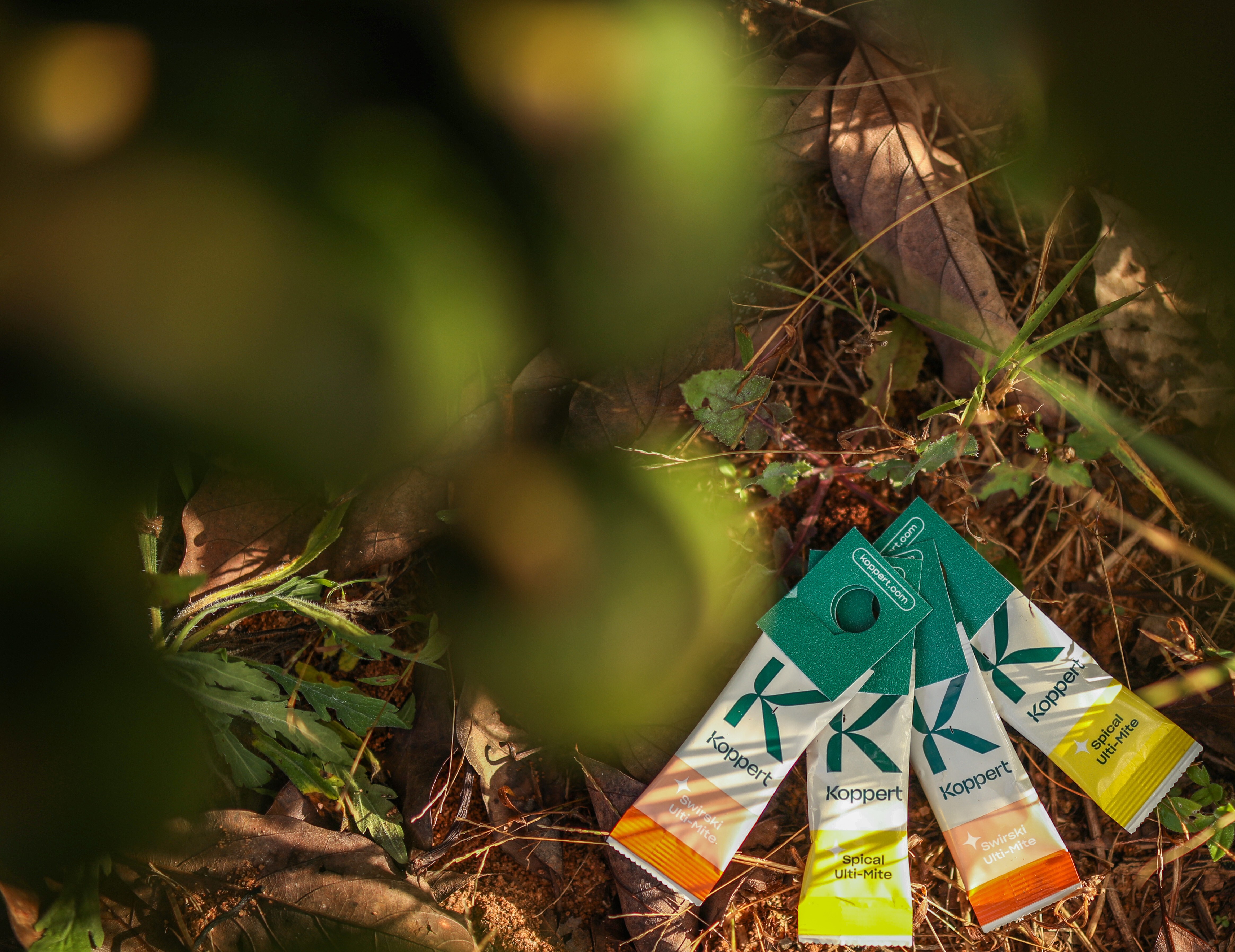
Before selecting a specific product formulation, it’s essential to choose the right predatory mite species. The following chart compares four leading options—Spical, Swirski‑Mite, Spidex, and Thripex—highlighting their targets, compatibility, and best-fit applications. Click the hyperlink on the brand name to find more detailed information on picking the right product for your situation.
Species Comparison Chart
| Brand | Predator (Type) | Primary targets | Combine / Avoid | Notes |
|---|---|---|---|---|
| Spical | Neoseiulus californicus — Type II (generalist) | Controls Mite species including (Spider mites; Broad mites and more) | Great in combination with Spidex (for more comprehensive control of high-pressure mite issues) | Versatile mite control; Great at withstanding temperature and humidity fluctations |
| Swirski‑Mite | Amblyseius swirskii — Type III (generalist) | Controls Thrips; Whiteflies; Mite species | Avoid combining with Thripex unless otherwise instructed (same niche); works well with Spical and Spidex | Effective solution for Thrips & Whitefly control; Also effective against mite species; Great in the heat |
| Spidex | Phytoseiulus persimilis — Type I (specialist) | Controls Spider mites | Great in combination with Spical (for more comprehensive control of high-pressure mite issues) | Aggressive spider-mite specialist; Great in hot and humid climates |
| Thripex | Neoseiulus cucumeris — Type III (generalist) | Controls Thrips; Mite Species (Broad mites and other mite species) | Avoid combining with Swirski-Mite (same niche); works well with Spical and Spidex | Focused thrips/mite control; Great in cold weather |
Once the appropriate brand is identified, the next step is determining which product formulation delivers the best results under your temperature and humidity conditions. Below is a closer look at each of the predatory mite species and a table to help you decide which option is right for you.
Spical - Versatile Defense Against Mites (Click for more info)
All three products use the same beneficial mite: Neoseiulus californicus, a Type II generalist predator. The difference is how they release and how well they handle your growing conditions.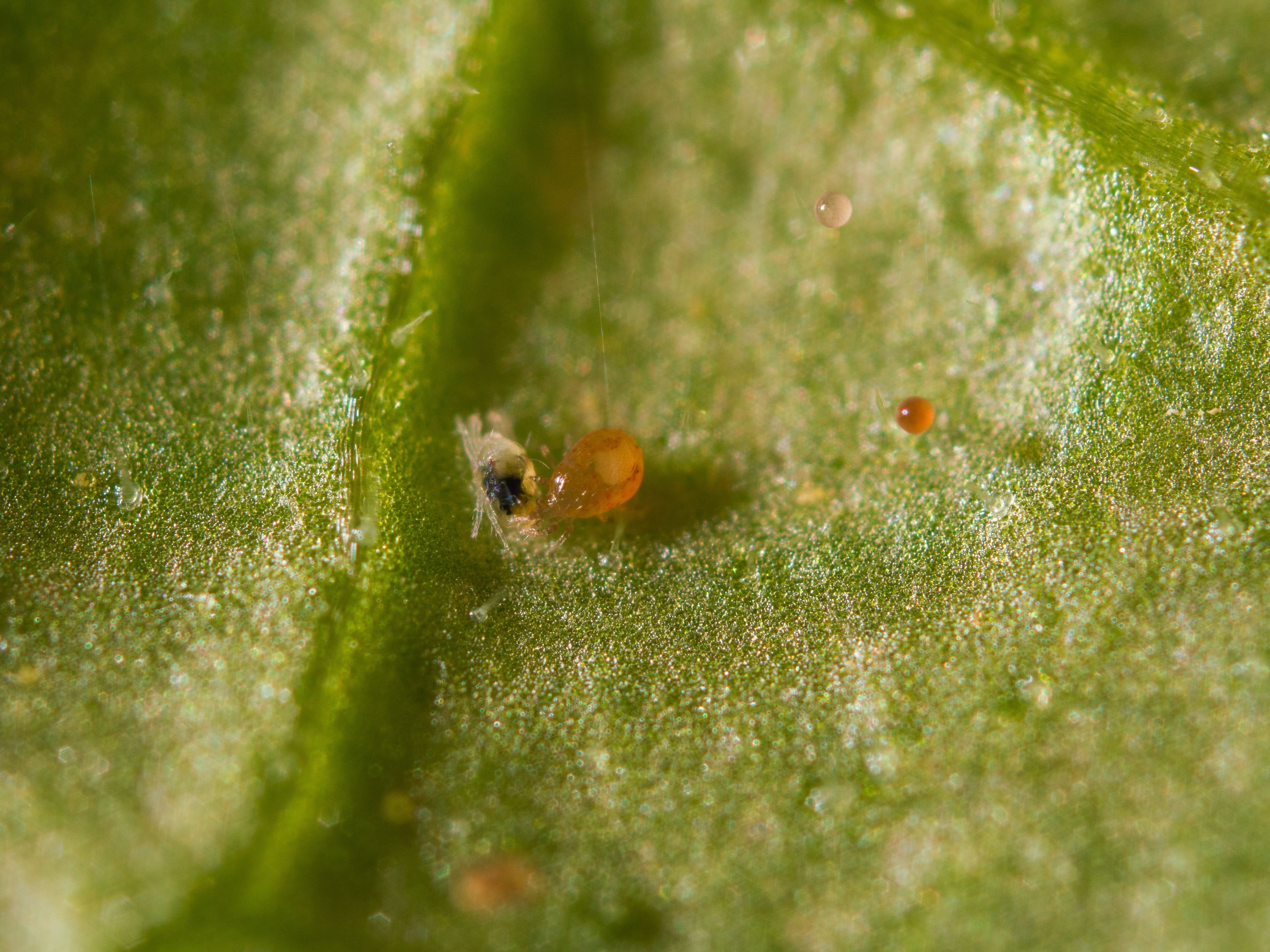
Quick guide
Spider mites already spreading? → Spical (bottle)
Stable greenhouse, want prevention? → Spical‑Plus (sachets)
Humidity swings, want prevention? → Spical Ulti‑Mite (sachets)
Spical Quick Chart
| Pressure scenario | Choose | Why |
|---|---|---|
| Spider mites detected across crop; immediate knockdown needed | Spical (bottle) | Immediate release for curative action |
| Spider mites detected; want ongoing coverage after initial knockdown | Spical (bottle) + Spical Ulti‑Mite | Immediate action plus gradual release for sustained coverage |
| No mites detected; conditions stable; want preventative coverage | Spical‑Plus (sachets) | Gradual release for long-term coverage |
| No mites detected; humidity fluctuates; want preventative coverage | Spical Ulti‑Mite (sachets) | Gradual release for long-term coverage with humidity protection |
Swirski‑Mite - Thrips & Whitefly Control for Warm, Humid Conditions (Click for more info)
All four products use the same beneficial mite: Amblyseius swirskii, a Type III generalist predator. The difference is how they release and how well they handle your growing conditions.
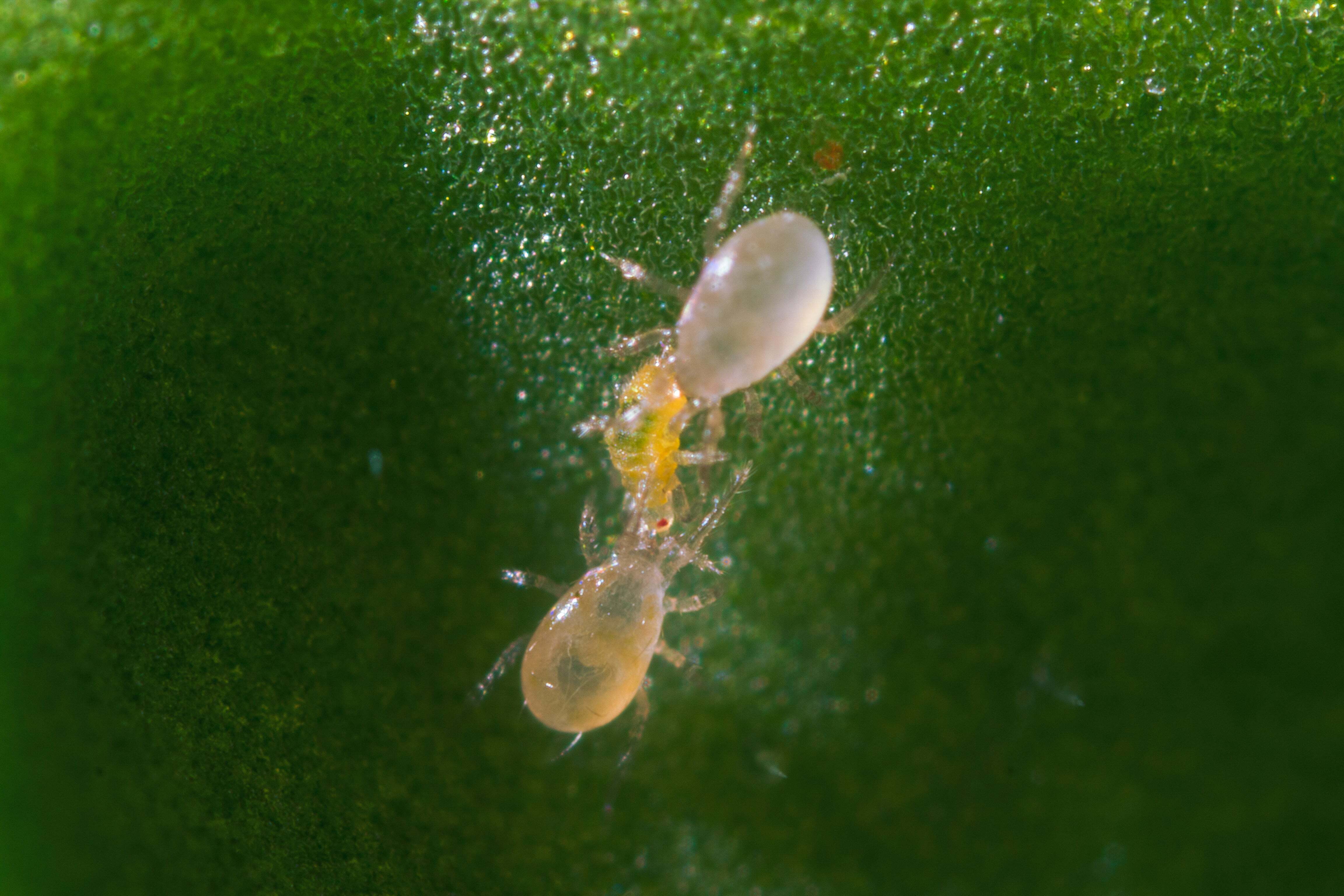
Quick guide
Thrips or whitefly already spreading? → Swirski‑Mite (bottle)
Stable greenhouse, want prevention? → Swirski‑Mite Plus (sachets)
Humidity swings, want prevention? → Swirski Ulti‑Mite (sachets)
Swirski‑Mite Quick Chart
| Pressure scenario | Choose | Why |
|---|---|---|
| Thrips or whiteflies detected across crop; quick action required | Swirski‑Mite (bottle) | Immediate release for curative action |
| Thrips or whiteflies detected; want ongoing coverage after initial knockdown | Swirski‑Mite (bottle) + Swirski Ulti‑Mite or Swirski‑Mite Plus (sachets) | Immediate action plus gradual release for sustained coverage |
| No activity detected; conditions stable & above 50% RH; want preventative coverage | Swirski‑Mite Plus (sachets) | Gradual release for long-term coverage |
| No activity detected; humidity fluctuates; want preventative coverage | Swirski‑Mite Ulti‑Mite (sachets) | Gradual release for long-term coverage with humidity resilience |
Spidex - The Spider Mite Specialist (Click for more info)
All five products use the same beneficial mite: Phytoseiulus persimilis, a Type I specialist predator. The difference is how they release and how much pressure they put on hotspots.
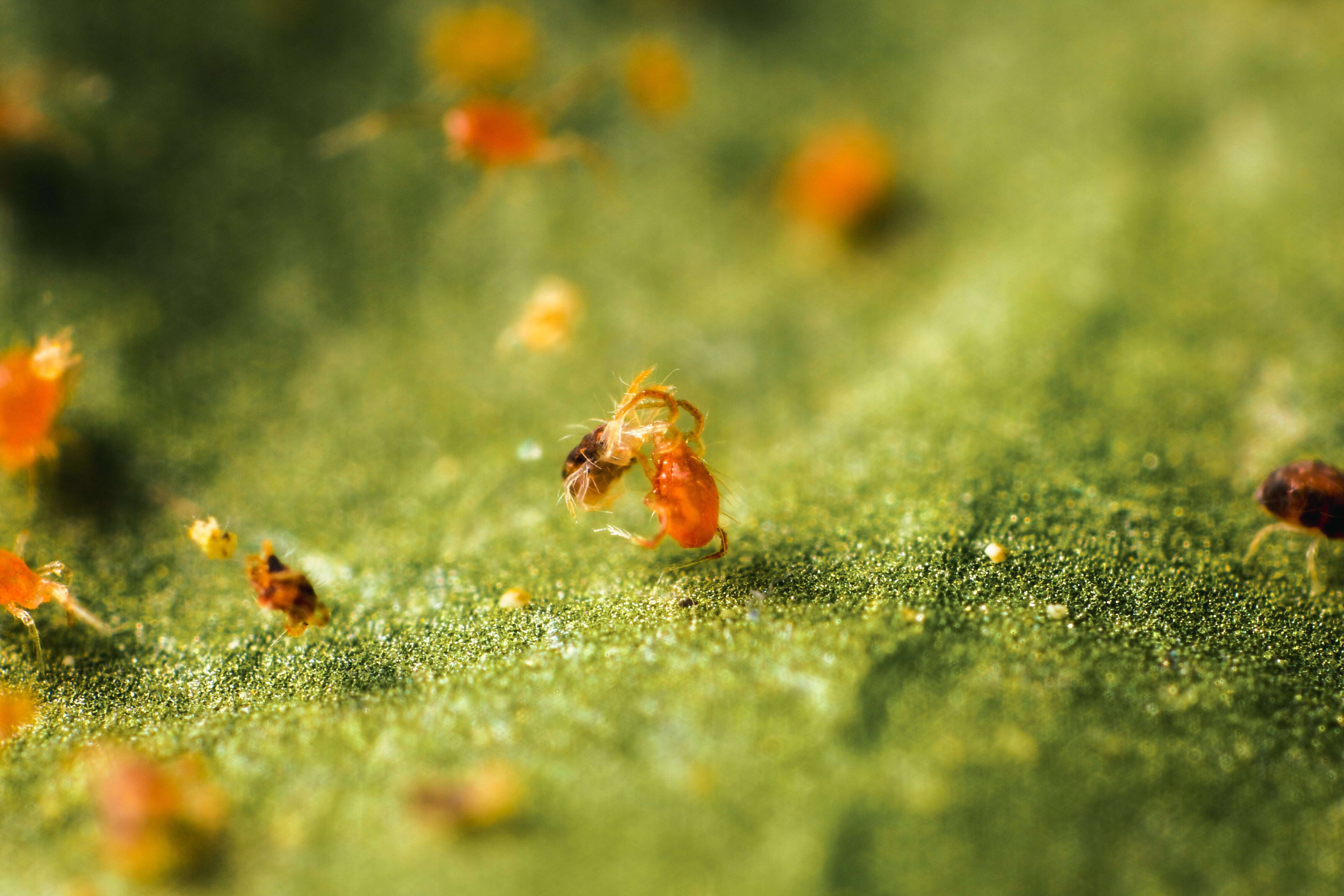
Quick guide
Spider mites already spreading? → Spidex Vital (bottle)
Persistent hotspots? → Spidex Vital Go
Severe clusters/webbing? → Spidex Boost
Need prevention? → Spidex Vital Sachets
Spidex Quick Chart
| Pressure scenario | Choose | Why |
|---|---|---|
| Spider mites detected across crop; webbing forming; urgent knockdown needed | Spidex Vital(bottle) | Immediate release for curative action |
| Spider mites detected; want ongoing coverage after initial knockdown | Spidex Vital (bottle) + Spidex Vital GO or Spidex Vital PLUS (sachets) | Immediate action plus gradual release for sustained coverage |
| Recurring hotspots between scouting rounds | Spidex Vital GO (sachets) | Gradual release for hotspot coverage |
| No activity detected; want preventative coverage | Spidex Vital PLUS (sachets) | Gradual release, new generations emerge overtime for 4 - 6 weeks of preventative control |
| Severe clusters or webbing localized; immediate reinforcement required | Spidex Boost (sachets) | Immediate surge at placement points |
Thripex — Thrips & Problem Mite Control for Cooler Environments (Click for more info)
All four products use the same beneficial mite: Neoseiulus cucumeris, a Type III generalist predator. The difference is how they release and how well they handle your growing conditions.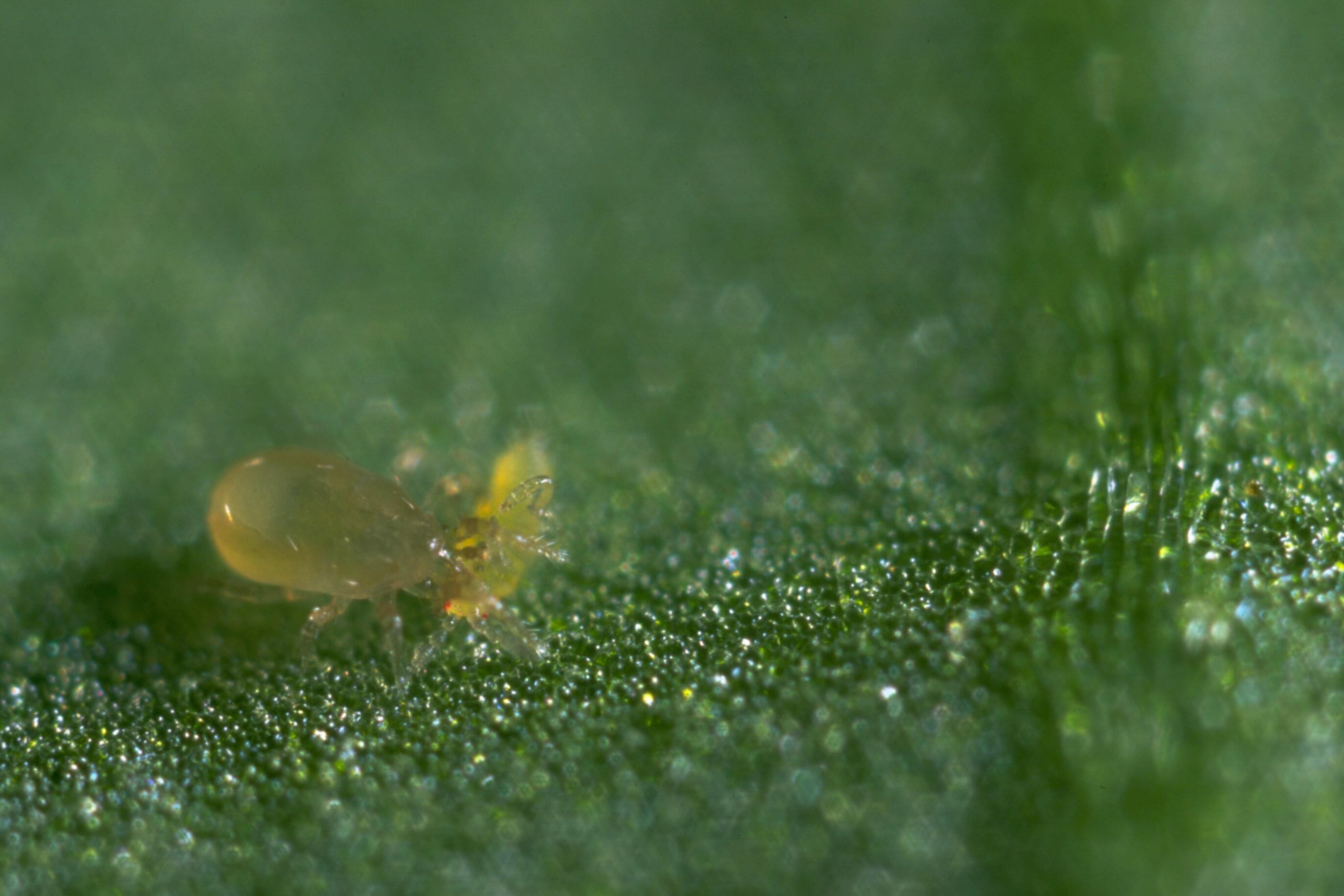
Quick guide
Thrips or whitefly already spreading? → Thripex (bottle)
Stable greenhouse, want prevention? → Thripex‑Plus (sachets)
Humidity swings, want prevention? → Thripex Ulti‑Mite (sachets)
Short plants or propagation trays? → Thripex‑Mini (sachets with sticks)
Thripex Quick Chart
| Pressure scenario | Choose | Why |
|---|---|---|
| Thrips or problem mites detected; quick action required | Thripex (bottle) | Immediate release for curative action |
| Thrips or problem mites detected across crop; quick action required | Thripex-V (bottle) | Immediate release for curative action, minimizes mold risk in specialty crops |
| Thrips or problem mites detected; want ongoing coverage after initial knockdown | Thripex (bottle) + Thripex‑Plus (sachets) | Immediate action plus gradual release for sustained coverage |
| Propagation trays or short crops; easy placement needed | Thripex‑Mini (sachets with sticks) | Gradual release for long-term coverage with stick option |
From Insight to Action: Build Your IPM Strategy with Confidence
Choosing biological control isn’t just about picking a product—it’s about matching the right predator to the right pressure. By understanding how Spical, Swirski‑Mite, Spidex, and Thripex work, you can move beyond guesswork and build a strategy that fits your crop conditions, labor goals, and sustainability standards. Whether you’re tackling an active outbreak or setting up a preventative program, these solutions give you precision, flexibility, and proven performance without relying on chemicals. Use this guide as your roadmap to healthier plants and smarter pest management—because clarity leads to control.
Check out some more information for a succesful IPM Program below:
Want to rethink how IPM fits into your bottom line?
(This article explores how Integrated Pest Management isn’t just about sustainability—it’s a smart business strategy that can improve profitability when paired with biological control.)
Need to check compatibility by beneficial predator vs active ingredient?
(A quick-reference guide for checking which beneficials are compatible with common active ingredients used in pest management.)
Looking for compatibility info based on popular spray products?
(This chart helps you identify which beneficial insects can be safely used alongside widely used commercial spray products.)
Looking for clarity on common misconceptions about beneficial insects?
(This article breaks down widespread myths about beneficial insects and explains their real-world role in biological control and plant health.)
Curious why prevention matters in biological control—even before problems show up?
(This piece challenges the idea that action only starts when something goes wrong, and explains why & how proactive strategies are key to successful growing.)
Not sure what problem you're dealing with? Check out our guide to Common Problems in Plants - Natural Enemies


